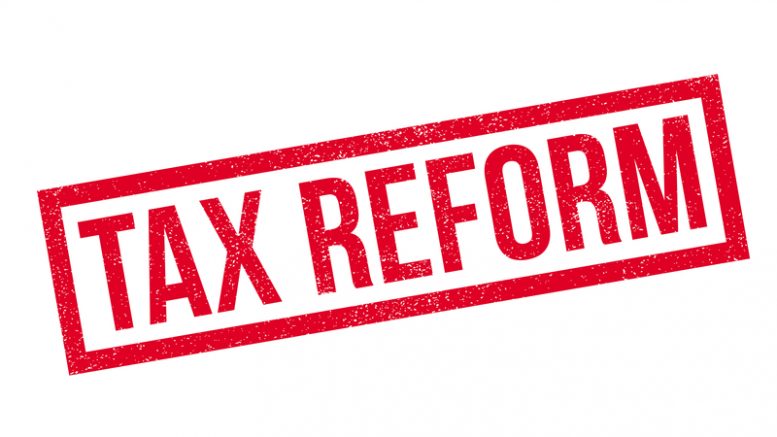Making Sense of the Section 199A Deduction
I’ve been going through the complicated formula for calculating this deduction. First of all there is an adjusted gross income (AGI) limitation to the deduction. Not to mention the deduction is below the line. What could possibly be the reason to ...
May. 07, 2018

I’ve been going through the complicated formula for calculating this deduction. First of all there is an adjusted gross income (AGI) limitation to the deduction. Not to mention the deduction is below the line. What could possibly be the reason to remain a pass through?
What is the difference between a C-Corporation and S-Corporation. The textbook answer is double taxation. But there is more to it than that. S-Corporations and Partnerships cannot have fringe benefits, C-Corporations can. You can have health insurance, a Health Reimbursement Account (HRA), company car, and all kinds of things.
I literally sat here today for a few hours trying to unpack the IRC §199(A) deduction, and it makes no sense. There was even a proclamation where married people that exceed the AGI limits for the deduction should file separately. Married filing separately is the worst way to file. The only reason to do so, is if your spouse made a lot of money and didn’t pay their tax, child support, student loan defaults, or back taxes. Not to get a below the line 20% deduction, that doesn’t really mean anything.
Conceivably, you can be a C-Corporation, without double taxation. First of all you raise the owner’s salary, coupled with a 401k plan that will allow them to put $55,000 into the plan. Then you begin with all the tax free fringe benefits.
I was in a group of accountants discussing this, and when I mentioned C-Corporations, I was told that I was crazy. Perhaps, but it’s just math. Most tax-free fringes are what taxpayers are paying for out of pocket anyway, why not make it deductible.
For example, let’s say the owner pays himself $250,000. You are married and in the 22% tax bracket. After all of the fringes and write offs, your C-Corporation net income is $10,000. You pay $2,100 in corporate taxes. Even with the FICA Taxes on the salary, you have still saved money.
All you really have to do, is retrain your client. Instead of reasonable salary, which is a crap shoot, and a monthly distribution, they just take the money out in salary, max their retirement plans, and other fringe benefits.
I must of revoked 90% of my client’s S-Elections. It opens a revenue stream of tax planning, which absolutely needs to be done. I spent a lot of time with each S-Corporation working out which way was better, and a majority of the time C-Corporations made the client pay less in taxes.
The question that I kept being asked, is what happens when the C-Corporation sells. IRC §1202, allows a C-Corporation to sell it’s stock. If they make less than $10 million, it’s tax free. The rules are that the stock has to commence with the original taxpayer. All of these conversions I did, I have to issue 1202 stock. The next question is who would buy the stock of a corporation? The person selling the stock indemnifies the new owner against any liability or contingent liabilities.
If the shareholder wants to put more money away into retirement, they can start a defined benefit plan (DBP). Conceivably a shareholder can pay themselves $250,000 and put the same amount into a DBP. They now have a $500,000 tax deduction.
There are still some companies where a pass-thru works, but since the new law, they are few and far between.
———
Craig W. Smalley, MST, EA, is the Founder and CEO of CWSEAPA, PLLC. He has been admitted to practice before the Internal Revenue Service as an Enrolled Agent and has a Master’s Certificate in Taxation from UCLA. In practice since 1994, Craig is well-versed in U.S Tax Law and U.S. Tax Court cases, and specializes in individual, partnership, and corporate taxation for high-net-worth clients; entity structuring and restructuring; and representation before the IRS regarding negotiations, audits and appeals. Craig is currently a columnist for CPA Practice Advisor and AccountingWEB and has had 12 books published. His articles have been featured in publications including the Wall Street Journal, The New York Times, and Christian Science Monitor, and he has been interviewed and appeared as a featured guest on numerous radio shows and podcasts. Craig can be reached at craig@craigwsmalleyea.com.
